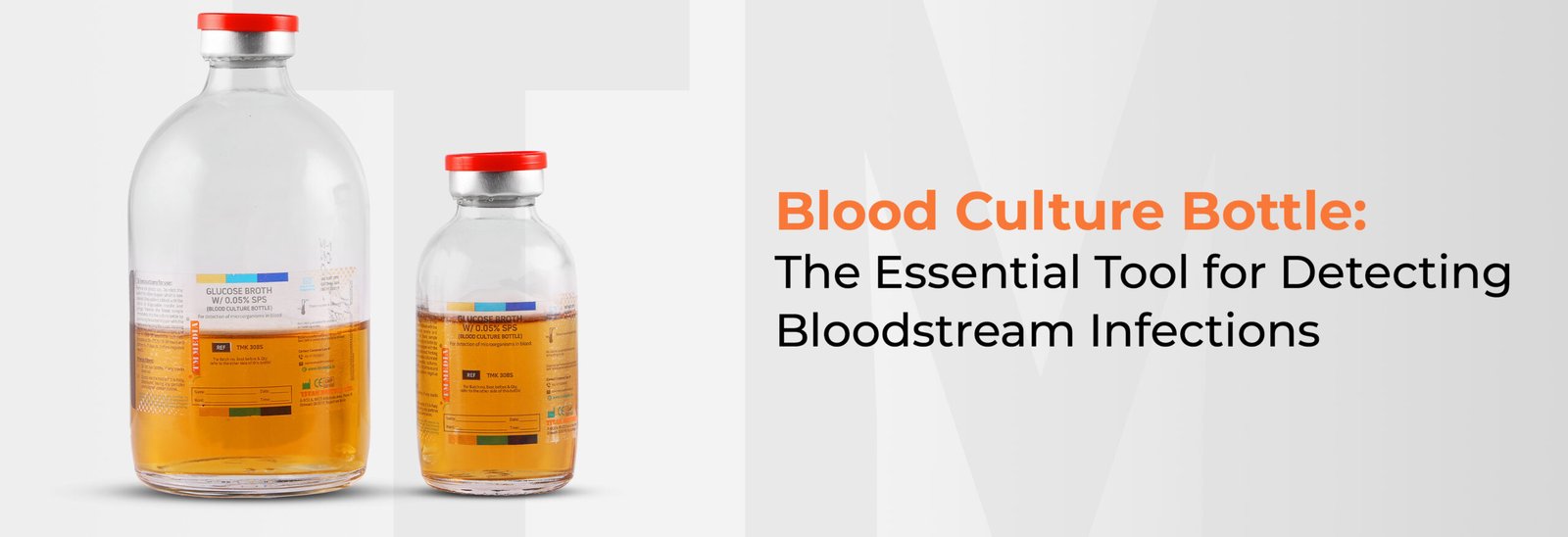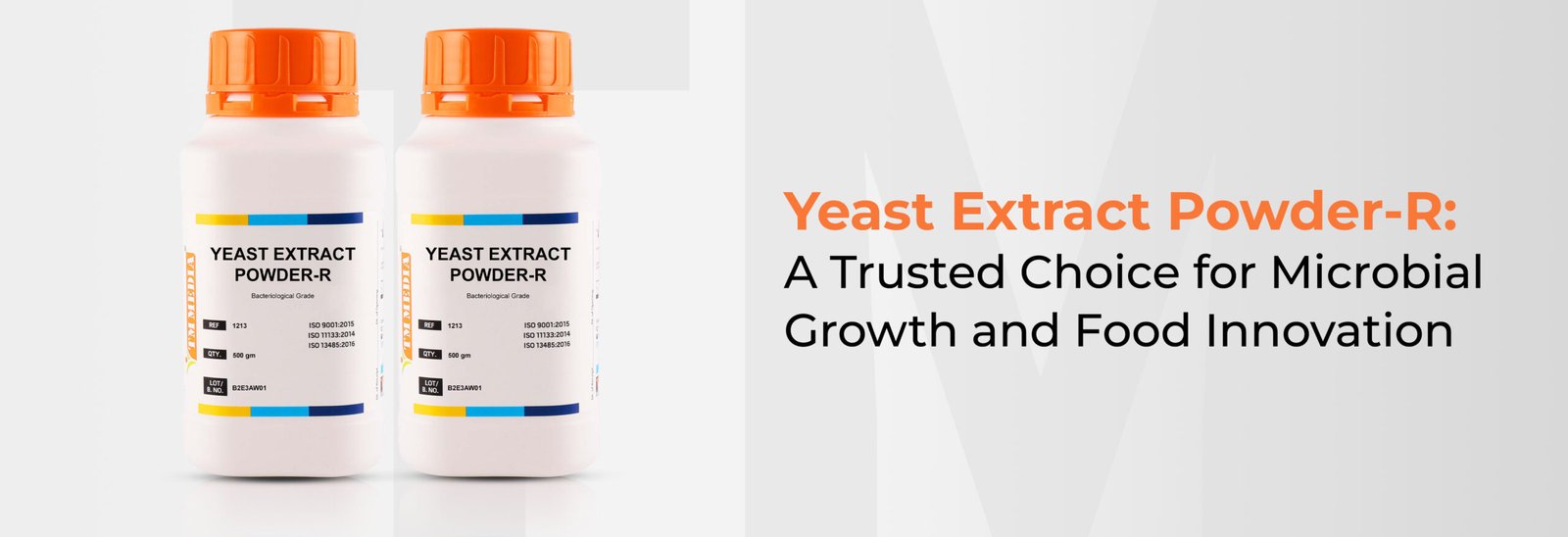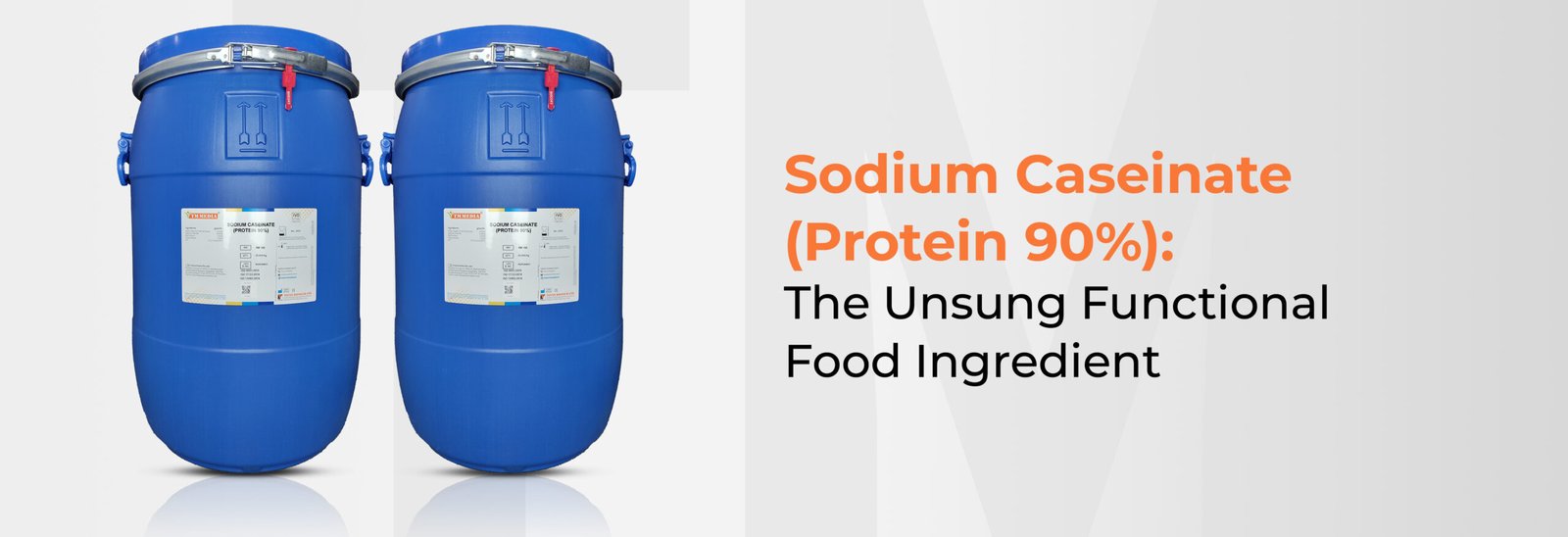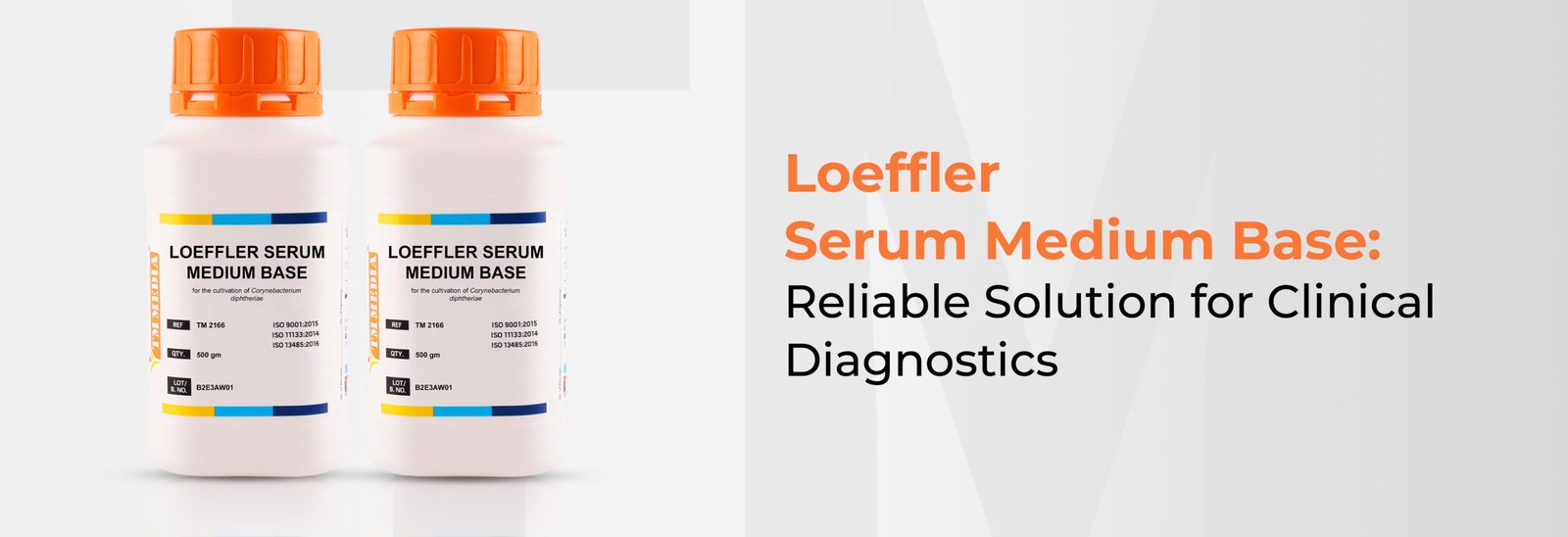

You know you are in serious trouble when you have to run to the washroom, every 5 minutes. You start getting irritated, feel drowsy, and moreover start feeling like you have lost all your strength. Everyone has once in his lifetime faced this type of situation, which we generally define as being suffering from diarrhea.
As per the definition by WHO, it is a condition with the passage of three or more loose or liquid stools per day which ideally lasts no more than a few days. This infection has various forms with one being famously called a traveler’s diarrhea that is caused by ingesting a bacterium while traveling.
Although considered a very common infection, it is counted as one of the deadly infections for children. Diarrhoeal disease is the second leading cause of death in children under five years old, and was responsible for the deaths of 370,000 children in 2019. Such huge figures cause a heavy toll on the health sector every year.
Diarrhea is usually caused by ingesting any pathogen (Bacteria, virus, or parasite) through water which disturbs the inner functioning of the body. But in this article, we will specifically discuss the bacterial pathogens which are known to cause severe diarrhea.
Diarrhea can spread through many sources but water is considered the most important source as it is identified as a very good carrier of pathogens. Therefore, diarrheal cases are mostly observed during summers when the consumption of water increases the most. And with the intake capacity increasing, the chances of consuming contaminated water also increases because, in some poorly developed countries, this remains the only available source of water during those hot spells.
Fecal coliforms are considered as the main microbial pathogens which when ingested may result in, you running to the washroom every few minutes. In this broad category, E.coli is recognized as the most famous culprit. While outside this category, Salmonella occupies the top position as it is widely known for causing mass outbreaks of diarrhea. Both the pathogens cause inflammation in the stomach and intestine, which eventually leads to diarrhea. Other major pathogens include Campylobacter and Shigella which also causes diarrhea.
But if diarrhea is treated as a regular infection then why it is linked with words like mass disease outbreak which has claimed so many lives!!!
This infection in its initial stages is both treatable and curable. With solutions like ORS and supplemental treatment, this disease can be easily cured within few days. But its persistent presence may lead to the death of the patient due to severe dehydration and fluid loss, particularly in infants, young children, the malnourished, and people with impaired immunity. Therefore, people are advised to take any necessary measures to prevent the infection like:
• Consumption of safe drinking water
• Use of improved sanitation
• Handwashing with soap.
• Following good personal hygiene
And many more…
Now, the next question that comes is, what if it’s too late and the patient is already showing symptoms of diarrhea.
In such cases, the patients are advised to immediately visit the hospital for their stool examination. The Stool test will help in identifying the presence of E.coli or Salmonella spp. in the suspected sample. In hospitals, for the rapid identification of pathogens, microbiologists commonly use ready-to-use media plates containing variants of culture media. The most common media used for testing stool specimens are the MacConkey Agar, Hektoen enteric Agar, SS Agar, and Endo Agar. These media specifically target the isolation of enteric pathogens that may have been ingested by the patient through the consumption of contaminated water. The stool testing requires 1-2 g of a specimen that is plated on the culture media and incubated for the standard period & time to confirm the presence of any bacteria.
Ideally, the water source is also tested for any microbial presence to understand the etiology of the infection and to prevent any further spread.
TM Media with its wide range of solutions plays a very important role in controlling the infection as it helps the clinicians in every step of testing whether it for stool or water. The several variants of culture media available to the customers make the testing more reliable and accurate.

Imagine this: your body is a fort, defended by walls, guards, and intricate defences. But occasionally, raiders slip through the...
Read More
Think about, you are cooking food for loved ones. You’d wash your hands, clean the utensils, and make sure everything...
Read More
Some secrets are not written in books but brewed in cells too small to see. Just as a cook adds...
Read More
Ever flipped a nutrition label and set foot in a food lab, you have probably come across a name that...
Read More
In clinical and investigative microbiology, loeffler serum slope has been crucial in the isolation and investigation of Corynebacterium diphtheriae, the...
Read More
Walk into any microbiology lab, and you’ll notice something: shelves stacked with bottles labelled “nutrient agar ” and rows of...
Read More